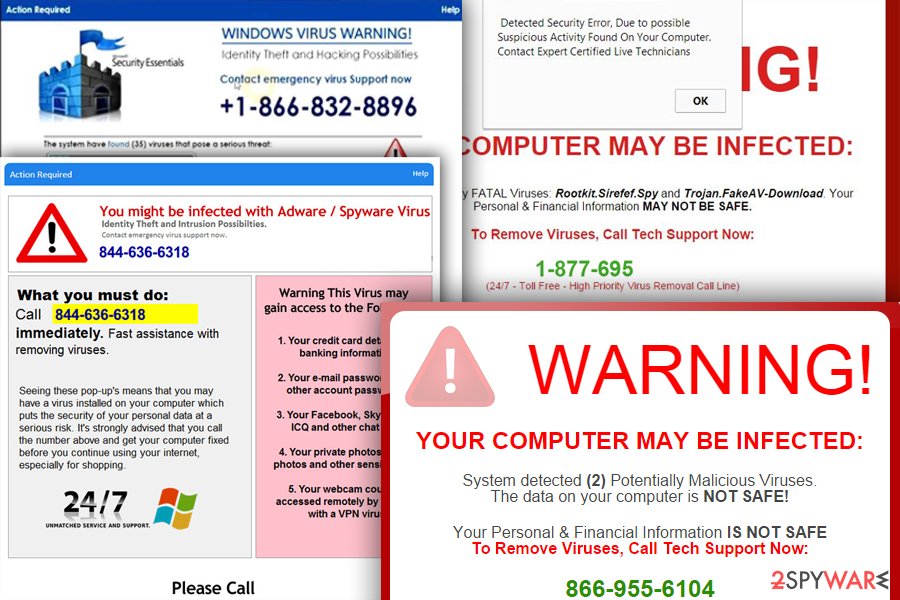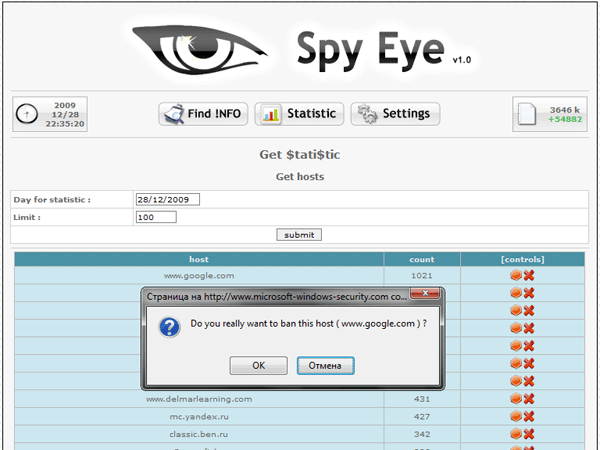Windows Detected ZEUS Virus, The Infection detected, indicate some recent downloads on the computer which in turn has created problems on the computer. Call technical support +1-800-919-6053 and share this B2957E to the Agent to Fix This. Zeus virus is a powerful trojan horse most commonly used to steal sensitive information, such as banking details. The malware can infect all versions of Microsoft Windows, can be configured to steal virtually any information hackers want, and even to install the CryptoLocker ransomware on your PC. DOWNLOAD AVAST FREE ANTIVIRUS.
Next, the virus will quickly attack the passwords in your PStore or Protected Storage unit. This includes your browser passwords, Post Office Protocol or POP3 data, and File Transfer Protocol or FTP passwords. The Zeus virus also has access to a C&C server. Apr 14, 2019 The real Zeus Virus. The Real Zeus virus is one of the most popular malware that has been released over the years. Since it was first detected in 2010, it wreaked havoc on millions of Microsoft Windows computers, stealing financial data and becoming one of the most successful pieces of botnet software int he world. Download Zeus Trojan Remover 1.9.3.0 for Windows. Zeus trojan horse - leaked in 2011, I am not the author. This repository is for study purposes only, do not message me about your lame hacking attempts. Windows Detected ZEUS Virus, The Infection detected, indicate some recent downloads on the computer which in turn has created problems on the computer. Call technical support +1-800-919-6053.
October 1, 2018How to Remove Zeus virus – Support Scam. Zeus virus detected pop-up advertisements are delivered by potentially unwanted adware programs on your PC. The adware program triggers a new pop-up within Internet Explorer, Google Chrome, Firefox and redirects to the zeus virus ad scam.
| By ComodoFirst detected in 2007, Zeus is a malware tool kit that runs on Windows version also known as Zbot, and enables the hackers to generate a new trojan horse.
Trojan horse looks genuine on the internet, but in reality it’s a dangerous malware. This enables non-programmers to buy Zeus in the black market and perform cybercrimes against their target victim. Per the 2010 reports, a Zeus package starts at about $3,000 and if there is a requirement of any extra modules, it goes up to $10000.
Zeus Trojan is used to gain access to banking credentials through keystroke logging, man-in-the-middle attacks, it is also deployed to install the CryptoLocker ransomware.
What Zeus Virus Does to Computers?
Zeus has two key capabilities:
It creates a botnet by a secretly formed network of corrupted machines controlled and monitored by a command and control server and a malicious author. The malware author typically steals an enormous amount of information and also performs attacks on a large-scale.

Zeus behaves as a financial service Trojan developed by the hackers to steal banking details from infected devices. The malware author performs the attacks through keylogging and website monitoring, which enables the malware to identify when the user is on a banking website so it can document the keystrokes used while logging in. The trojan then escapes the existing website security as the login keystrokes were already recorded once the user attempts to enter the banking website.
There are a range of Zeus variants that can affect mobile devices, in an attempt to gain access to two-factor authentication.

Initially, Trojans only affected computers that run on Microsoft Windows OS, however, the latest versions have evolved to attack and infect Android devices, Symbian and Blackberry devices. The Malware author unveiled the source code of Zeus to the public in 2011. This gave way to the creation of new variants of the Zeus Trojan.
How the Zeus Virus Infects Computers?
Download Zeus Virus Update
The Zeus Virus is comprised of two key techniques of infection
- Drive-by-downloads
- Spam Messages

Drive-by-Downloads
Malware authors attempt to infect websites by inserting the Zeus code into a website that the users trusts to be genuine. The malware gets installed into the website when the user enters the website.
Spam Messages
Hackers or cyber criminals send spam messages through phishing emails, and malicious social media campaigns that intend to spread malicious infection through messages and social media posts. The emails look genuine and when users click on the link in the message or email, they are redirected to a malicious website. Zeus is robust and efficient, and is configured to gain access to social media and email login details enabling the malicious botnet to send spam messages from genuine sources hence the scope of infecting the victims go high.
Who is the Zeus trojan targeting?
Any Windows user can be a victim of the Zeus botnet. Zeus has infected a huge amount of PCs with different versions.
Since its inception, Zbot has been leveraged to steal confidential data from The Bank of America, US Department of Transportation, NASA, and private companies like ABC, Oracle, Amazon and Cisco.
Download Zeus Virus Download
How to prevent the Zeus trojan Using Comodo Advanced Endpoint Protection?
Endpoint Protection delivers complete protection, even against the most threatening zero-day and unknown threats. Comodo Advanced Endpoint Protection (AEP) features Default Deny Security with Default Allow Usability. This solution denies unknown suspicious files from running on a virtual container called the sandboxed environment, where the unknown files are executed without affecting the user experience. IT and security management platform assists devices of the OS (Linux, Windows, Linux, Android, OSX, and iOS devices that are inter-linked to all the physical and virtual networks.
Download Zeus Virus Free
It is essential to understand the key features of a security product – to decide if the product is all good to match your business requirements. Choosing and identifying the right and reliable product is certainly a main criteria to provide complete protection to the endpoints. To fend of the brute forces it is essential to equip the security arsenal with Comodo Endpoint protection as it integrates some of the future-proof security techniques like default deny solution, along with containment technology to deliver protection and absolutely deny malicious activities.
Related Resources
What is EDR?
Endpoint Security
Trojan Virus